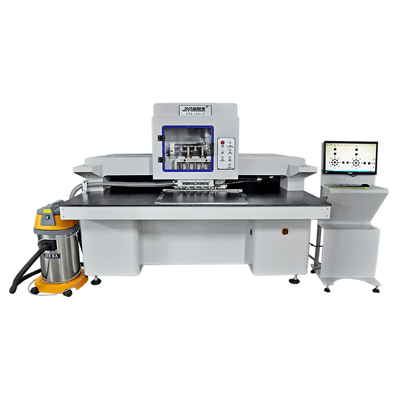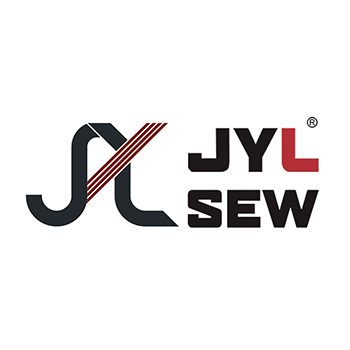Automatic CNC Punching Machines, also known as computer numerical control Punching Machines, play a vital role in various manufacturing industries, offering precise and efficient punching operations. To ensure their stable operation and long-term use, it is essential to adhere to best practices for both operating and maintaining these sophisticated machines. This article provides comprehensive guidelines on how to correctly operate and maintain Automatic CNC Punching Machines to optimize their performance and longevity.

Operating Automatic CNC Punching Machines:
Programming and Setup: Begin by carefully programming the machine to execute the desired punching operations accurately. Ensure that the programming parameters, including tool paths, punching sequences, and material specifications, are correctly inputted into the CNC system. Next, set up the workpiece securely on the machine's bed or worktable, ensuring proper alignment and clamping to prevent movement during punching.
Safety Procedures: Prioritize safety at all times when operating automatic CNC punching machines. Familiarize yourself with the machine's safety features, emergency stop buttons, and safety interlocks. Wear appropriate personal protective equipment (PPE), such as safety glasses and gloves, and follow all safety protocols outlined in the machine's operating manual.
Machine Calibration: Regularly calibrate the machine to maintain optimal accuracy and repeatability. Perform calibration checks on critical components, such as the tooling system, punching head, and positioning mechanisms, to ensure they meet the specified tolerances. Adjust any deviations detected during calibration to ensure consistent punching performance.
Monitoring and Quality Control: Continuously monitor the machine's operation during the punching process to detect any anomalies or deviations from the programmed parameters. Implement quality control measures, such as periodic inspections and dimensional checks of punched parts, to verify the accuracy and integrity of the produced components.
Maintaining Automatic CNC Punching Machines:
Routine Cleaning: Keep the machine and its components clean and free of debris to prevent contamination and premature wear. Regularly remove swarf, chips, and coolant residue from the work area, tooling, and machine surfaces using appropriate cleaning methods and equipment.
Lubrication and Maintenance: Follow the manufacturer's recommendations for lubricating and maintaining the machine's moving parts and mechanical assemblies. Apply lubricants to lubrication points as specified in the machine's maintenance schedule to minimize friction, reduce wear, and extend component lifespan.
Tooling Inspection and Replacement: Inspect the punching tools regularly for signs of wear, damage, or dullness. Replace worn or damaged tooling promptly to ensure consistent punching quality and prevent premature tool failure. Keep a stock of spare tooling on hand to minimize downtime during tool changeovers.
Electrical and Electronic Checks: Periodically inspect the machine's electrical and electronic components, such as wiring, sensors, and control systems, for signs of wear, damage, or malfunction. Check for loose connections, frayed cables, and faulty sensors, and address any issues promptly to avoid electrical hazards or system failures.
Operating and maintaining automatic CNC punching machines require diligence, attention to detail, and adherence to best practices to ensure their reliable performance and longevity. By following the guidelines outlined in this article, operators and maintenance personnel can optimize the operation, accuracy, and efficiency of CNC punching machines, contributing to the overall productivity and success of manufacturing operations.




